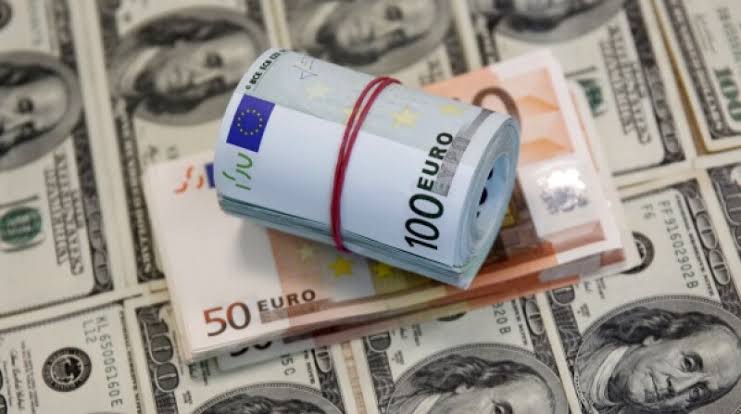Oct 29, 2022
VOT Research Desk
The EURUSD pair gained for a second week in a row, ending the week at about 0.9950. The US Federal Reserve (Fed) is rumored to be about to decrease the pace of quantitative tightening, which is why the American Dollar (USD) started the week on the back foot and extended the previous week’s loss. In the meantime, the battered Euro held steady as fresh statistics from Europe showed that the economic downturn is just getting worse.
Things started to shift on Thursday after top-tier competition from Europe and the US left market participants unimpressed. With the European Central Bank (ECB) releasing its monetary policy decision on Thursday, central banks remained in the calm before the storm.
To further tighten the financial system, President Christine Lagarde and her team increased the main three rates by 75 basis points apiece and made revisions to the TLTRO III program.
The ECB also declared that because forward guidance only increases the level of uncertainty, policymakers would abandon it.
While recognizing that economic activity has probably slowed significantly in the third quarter of the year and is likely to decrease further in the next quarters, President Christine Lagarde also reiterated that inflation is far too high.
Her comments were interpreted as dovish, which put pressure on the Euro and drove up the price of EURUSD.
Market participants must locate trading opportunities in a very chaotic environment. After the early COVID-19 epidemic halted worldwide economic activity, inflation spiked to record highs in key economies. Governments and policymakers were caught off guard by rising prices, which flooded their own financial systems with liquidity and pushed up prices.
The Federal Reserve, as usual, took the lead and the majority of central banks immediately shifted course and accelerated quantitative tightening. The risk of decreasing economic growth is enhanced by the decline in liquidity. As the year progressed, inflation showed no indications of slowing down, but economic activity was plainly declining. Currently, the US GDP report is considerably more important than the actual market response since it demonstrates that the nation may
EUR/USD Technical Analysis
On Tuesday, the EURUSD pair crossed above a long-term trend line that descends from the year’s high of 1.1494, and it remained above it the rest of the week.
In a positive development for bulls, it even finished a retreat to the trend line on Friday before bouncing back.
A lasting improvement beyond the midterm is still unknown, though.
The pair saw sellers after flirting with a very bearish 20 Simple Moving Average (SMA), which is currently in the 1.0090 price range, according to the weekly chart.
The 200 SMA and 100 SMA both seek to cross below each other at roughly 1.1280, which is too far away from the current level to be significant.
At the same time, the 100 SMA increased its slide. Last but not least, technical indicators have continued to rebound from strong oversold conditions. Despite several obstacles in the way, the chart offers additional positive indicators for bulls.
The pair reached a two-day high around a bearish 100 SMA, which is currently hovering around 1.0080.
Although it struggles to move forward, the 20 SMA grinds north while remaining below the current level, showing increased buying activity. Finally, technical indicators lack strong directional signals and are close to overbought values.
If the EURUSD crosses below the trend line, the pair may first fall to 0.9840 and then continue to fall to the 0.9700 price range. If the pair continues to go below the latter, it should eventually revisit the year’s bottom at 0.9535.
The 1.0080/90 range becomes crucial because a move past it will hurt those who are betting on the US.









